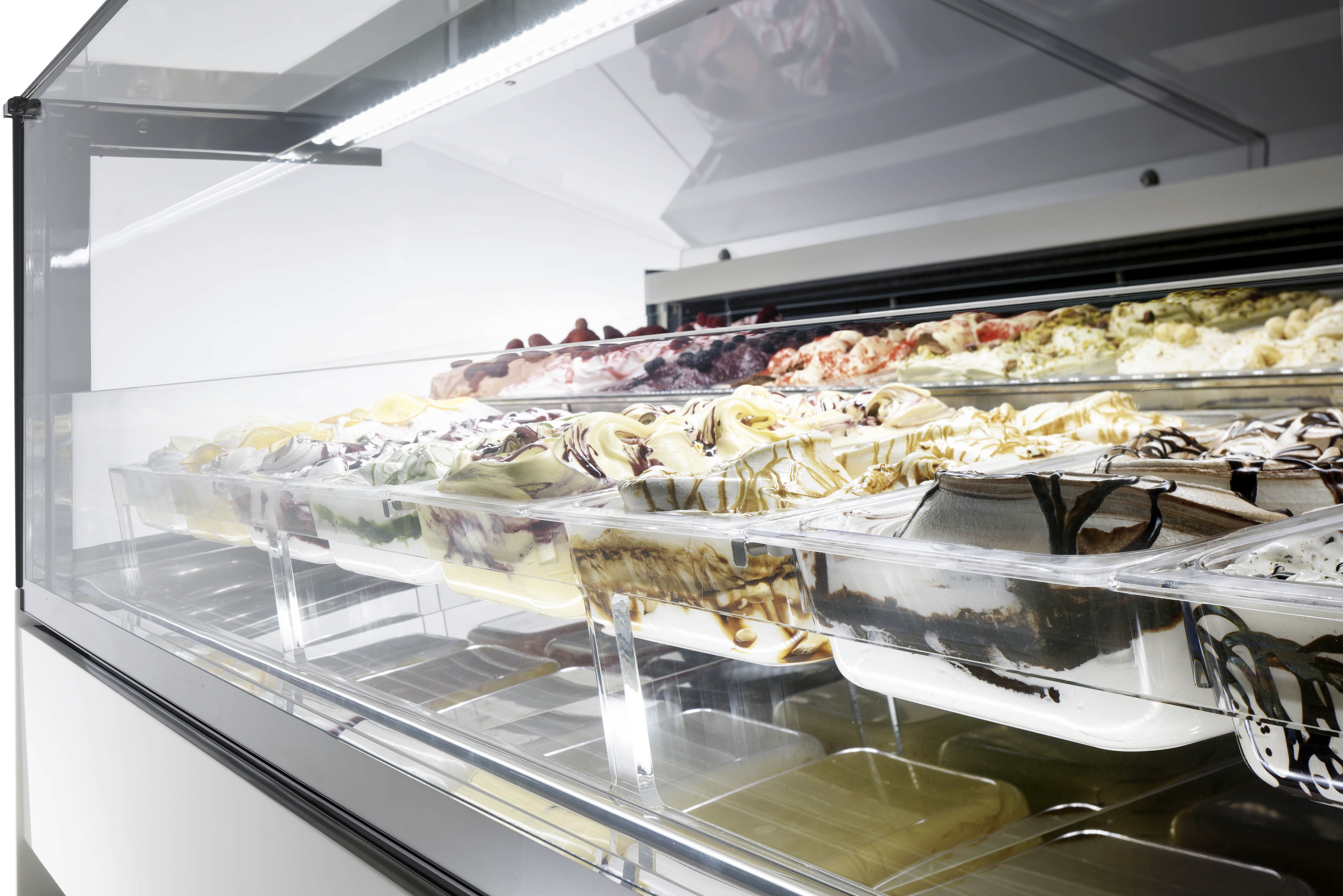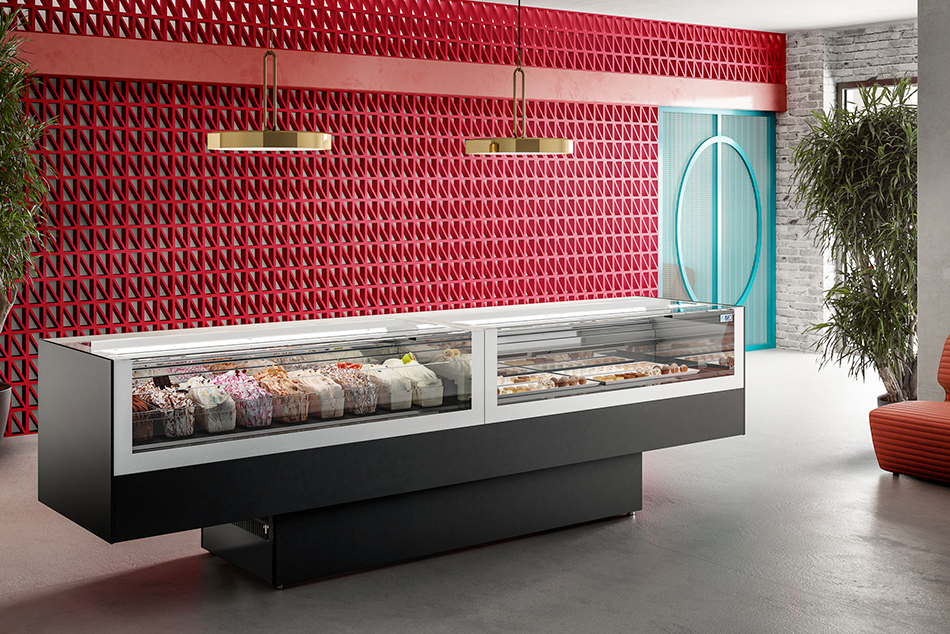How to store artisanal and packaged ice cream

The goodness of artisan gelato is a direct consequence not only of the raw material, but also of the way it is stored. Following the right steps is important, not only to maintain the aesthetic quality of the product, but also to preserve the pleasure of tasting. Both during storage and during display at the point of sale, it is essential to ensure that the ice cream does not lose its freshness, volume and optimum consistency. What are the main aspects to consider when storing artisan and packaged ice cream?
Artisan ice cream: storage
The storage temperature of ice cream, as is well known, influences its appearance and organoleptic characteristics, as does the level of humidity. The temperature range is generally between -18° C and -11° C, depending on requirements and expected storage time. How long can ice cream stay in the freezer? The professional blast chillers used in the laboratory minimise the amount of unfrozen water and, therefore, the changes affecting the structure of the product, guaranteeing fairly long storage times. The case of refrigerated counters and displays with a higher negative temperature is different, where artisanal ice cream can last for a few days before undergoing the inevitable process of oxidation. A similar argument can be made for the storage temperature of packaged ice cream, which undergoes various stages of cooling and freezing before being stored in a cold store, with a temperature of around -18°C, or higher in the case of ice cream display cabinets for sale to the public.
How best to store ice cream
On an aesthetic level, inefficient ice cream storage can lead to a loss of volume and creaminess, the formation of crystals and other defects due to thermal shock. The aim is to ensure temperature homogeneity, protecting trays and displays as much as possible from the sudden changes caused by opening and closing the refrigerated compartments. The preferred choice is ice cream display cabinets with a ventilated system, which, compared to static cooling, guarantees a more even distribution of air.

High-efficiency fans – such as those used for ISA’s high-end Stratos display cases – offer gentle refrigeration and are, at the same time, a guarantee of energy savings. Another important factor to consider is the defrosting system: the inversion cycle technology allows not only to maintain the surface of the ice cream unaltered, but also to reduce consumption and automatic defrosting times. Obviously, the insulation system of the display cases also has an influence, which determines the energy class of the display case. In the case of ISA’s Millennium displays, the advantage also lies in the perfect management of condensation, thanks to the heated side windows and the single heated front window. Those who choose Stratos showcases, in addition, have the option to turn off the heating of the top glass. Ventilated refrigeration, in this case, provides three different possibilities: single evaporator with double front-flow air delivery or, alternatively, double evaporator with single or double rear-flow air delivery. For highly flexible temperature control, there is also a Dual Temperature function that facilitates the management of seasonal cycles: ideal for multifunctional rooms.
In addition to offering sophisticated functions for the management of temperature and humidity, ISA professional display cases also offer a wide range of layout options, ranging from the essential design of the Supercapri display cases to the elegance of the Diva and Oneshow. In all cases, the food appeal is expressed at the highest levels, in order to satisfy both artisanal and non-artisanal ice cream lovers.